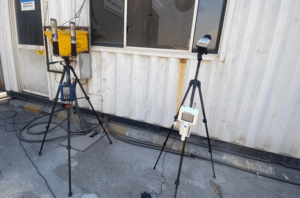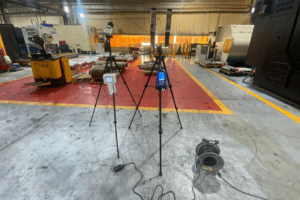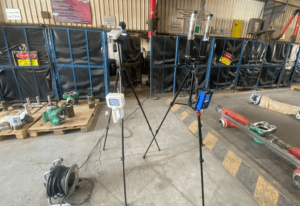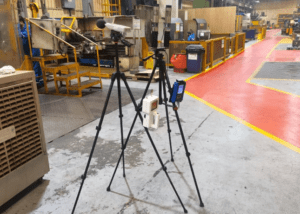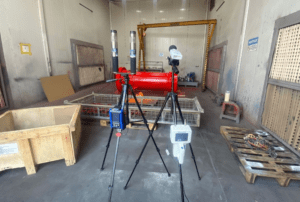Indoor Air Quality Monitoring
The Importance of Indoor Air Quality
In confined spaces and workplaces, the quality of indoor air plays a critical role in ensuring the health, safety, and productivity of employees. Poor indoor air quality (IAQ) can expose workers to harmful contaminants such as gases, dust, and excessive noise, leading to adverse health effects and reduced efficiency. For industries, maintaining optimal air quality is not only a regulatory requirement but also a fundamental aspect of workplace safety and employee well-being.
Health and Safety Impacts of Poor Indoor Air Quality
The consequences of poor IAQ in workplaces can be severe, including:
-
Respiratory Disorders: Exposure to airborne contaminants increases the risk of asthma, bronchitis, and other chronic respiratory conditions.
-
Fatigue and Reduced Productivity: Poor air quality can cause headaches, fatigue, and difficulty concentrating, affecting worker efficiency.
-
Chronic Illnesses: Long-term exposure to hazardous gases and particulates may lead to cardiovascular diseases, cancer, or other chronic illnesses.
-
Workplace Accidents: Inadequate IAQ can impair alertness, increasing the likelihood of errors and accidents.
OSHA sets permissible exposure limits (PELs) for hazardous substances in workplace air and recommends regular monitoring to ensure compliance.

Key Pollutants needed to be Monitored and Controlled in Confined Environments
Industrial settings and confined spaces often present unique challenges to maintaining clean and safe indoor air. Common indoor air pollutants include:
-
Harmful Gases: Carbon monoxide (CO), nitrogen dioxide (NO2), sulfur dioxide (SO2), and volatile organic compounds (VOCs) can accumulate in poorly ventilated areas, posing significant risks to respiratory and overall health.
-
Particulate Matter (Dust): Dust particles generated from industrial processes can cause respiratory issues, allergies, and other health problems when inhaled over time.
-
Excessive Noise: Elevated noise levels are not typically considered an air pollutant but are crucial to monitor in industrial environments, as they contribute to stress, hearing loss, and reduced concentration.
Indoor Air Quality Monitoring Instruments used by ESES
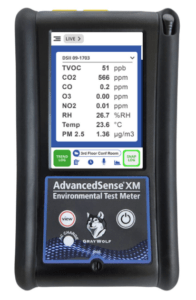
Graywolf Indoor IAQ Monitor
This IAQ monitor reliably measures key specific pollutants (VOCs, CO, O3, NO2, NH3, HCHO, etc., as well as Particulate, Ventilation Rates (CO2 and Airflow), Differential Pressure (DP) and more. It has fast response times for consistent use over portable, long-term and continuous IAQ testing applications.
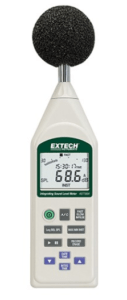
Extech Noise Meter
This noise meter meets IEC 61672-1, 60651/60804 standards, offering precise noise measurements. It features a multifunction LCD with an analog bargraph, supports SPL, SEL, and Leq parameters, and includes A and C frequency weighting.
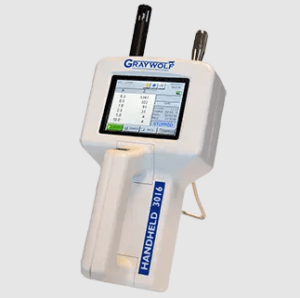
Graywolf Indoor Dust Monitor
GrayWolf’s 6-channel handheld, desktop, and wall-mount air particulate meters, PM2.5 and PM10 monitors, and particle counters all include high accuracy sensors and precision pumps. They interface with GrayWolf DirectSense®, AdvancedSense® XM, and WolfSense® LAP enabled instrumentation.
Our Field Team monitoring Indoor Air at various Industrial Sites
